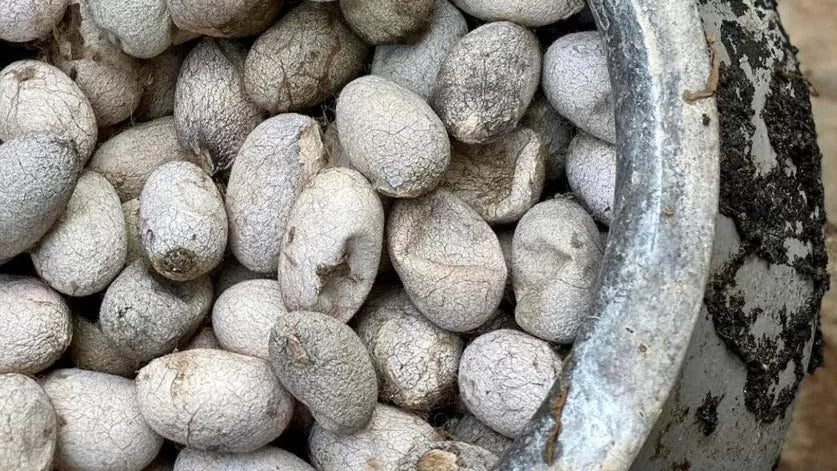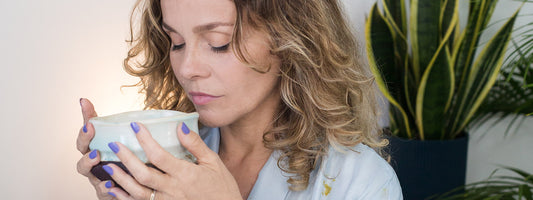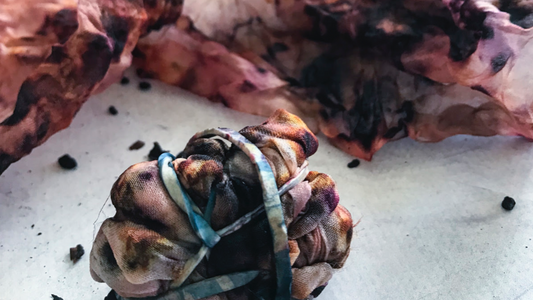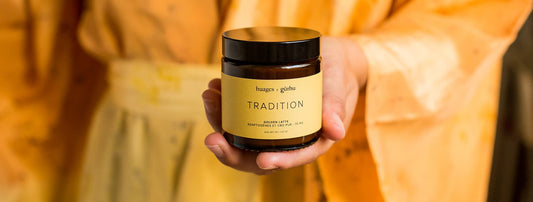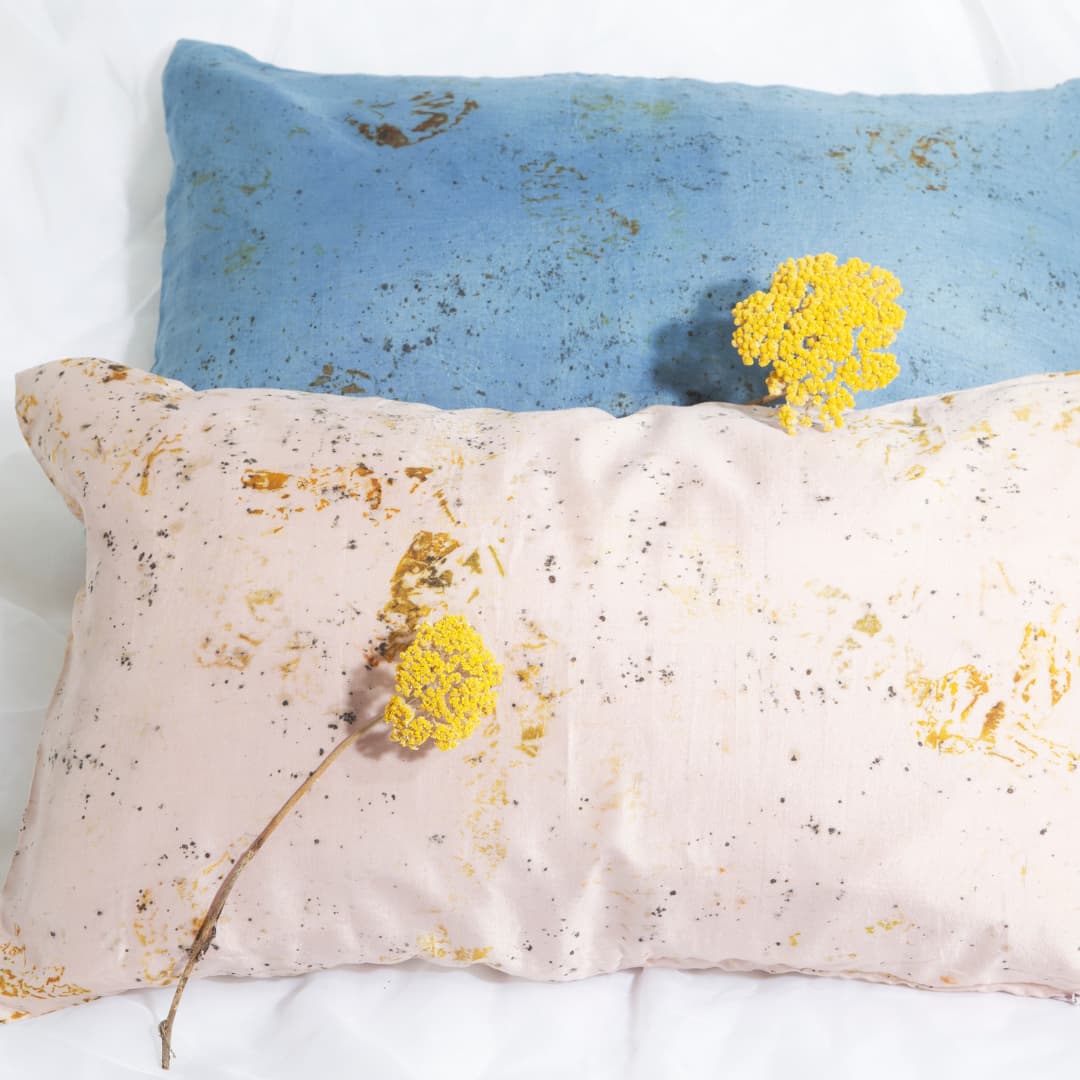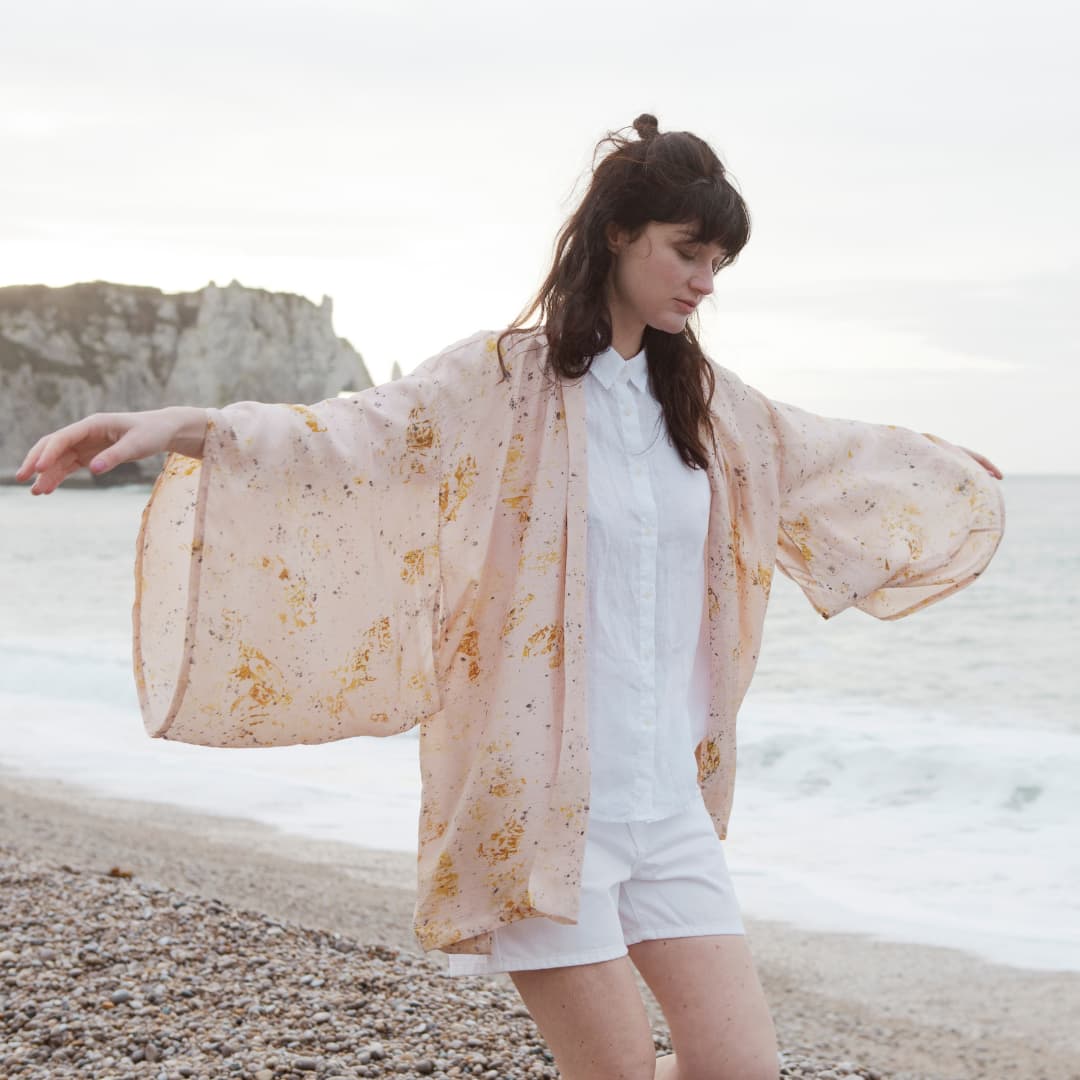Peace silk is a non-violent silk from which the fiber is extracted without killing the silkworms. It's a much longer and more delicate process, but it's also the only one that's ethical, as traditional silk production requires boiling alive the animal that created the precious fiber.
Peace silk is an extremely strong and robust fiber. It accompanies you through the seasons, it is light in the summer breeze but soft and warm in winter. It is gentle for your skin, yes, but also for nature and for the well-being of animals.


Origins
Peace Silk is handcrafted by local communities in the state of Assam in northeastern India, a region where many indigenous cultures have flourished in harmony with nature. It is also a region with matriarchal societies, where women are more empowered than in the rest of the country, so the production of peace silk directly benefits them.
Respectful production
The production of peace silk takes about 45 days. The worms called "samia cynthia ricini" take a month to reach their mature stage, by eating castor leaves. Then they start weaving their cocoons for another two weeks.
While traditional silk production kills the worms inside their cocoons for faster and easier harvesting, peace silk production lets the worm turn into a moth and live its life in the wild.
But the cocoon is not as clean and perfect as when you boil the live worm, so it needs more manual processing from local craftsmen. But this is the price to pay to save animal lives.
In fact, in India, Buddhists and Jains, who place a high value on animal life, are careful to use only peace silk and not traditional silk. That's why vegans and animal-conscious people prefer peace silk over other fabrics.

Artisanal spinning and weaving
Peace silk is made in Assam using various hand spinning techniques. Its yarn has a distinct thickness that changes with spinning time. Peace silk is spun like wool and cannot be wound with raw synthetic fibers, you can't cheat!
Peace silk weaving in Assam uses the most common looms. Most homes have one. The flying shuttle loom that is used in Assam is a larger loom with a wooden frame and a board on which the weaver sits. It is installed outside the house or in a workshop. Bamboo sticks are frequently used as support or as thinner sticks in chain techniques. The loom is large enough to weave fabrics up to 52 inches wide.

Natural dyes
Natural dyes are used to generate a variety of colors for our peace silk. Nimboo has chosen to work only with natural dyes from temple flowers and fruits which easily recycle and break down in the earth, without releasing dangerous chemicals. The fixers are also natural, we have forgotten how effective the ancestral techniques were. And it's much better for your skin, compared to the dyes and chemical fixers of cheap fast-fashion clothes. Beautiful textures are achieved by package dyeing (traditionally called shibori in Japan) our peace silk fabrics.


Final product
It is fascinating to see and touch one of the peace silk textiles made and dyed in this way. Our pieces range from kimonos to other peace silk accessories such as pillows, eye masks and scarves. And you will be surprised to see that the colors hold up very well to hand washing.

